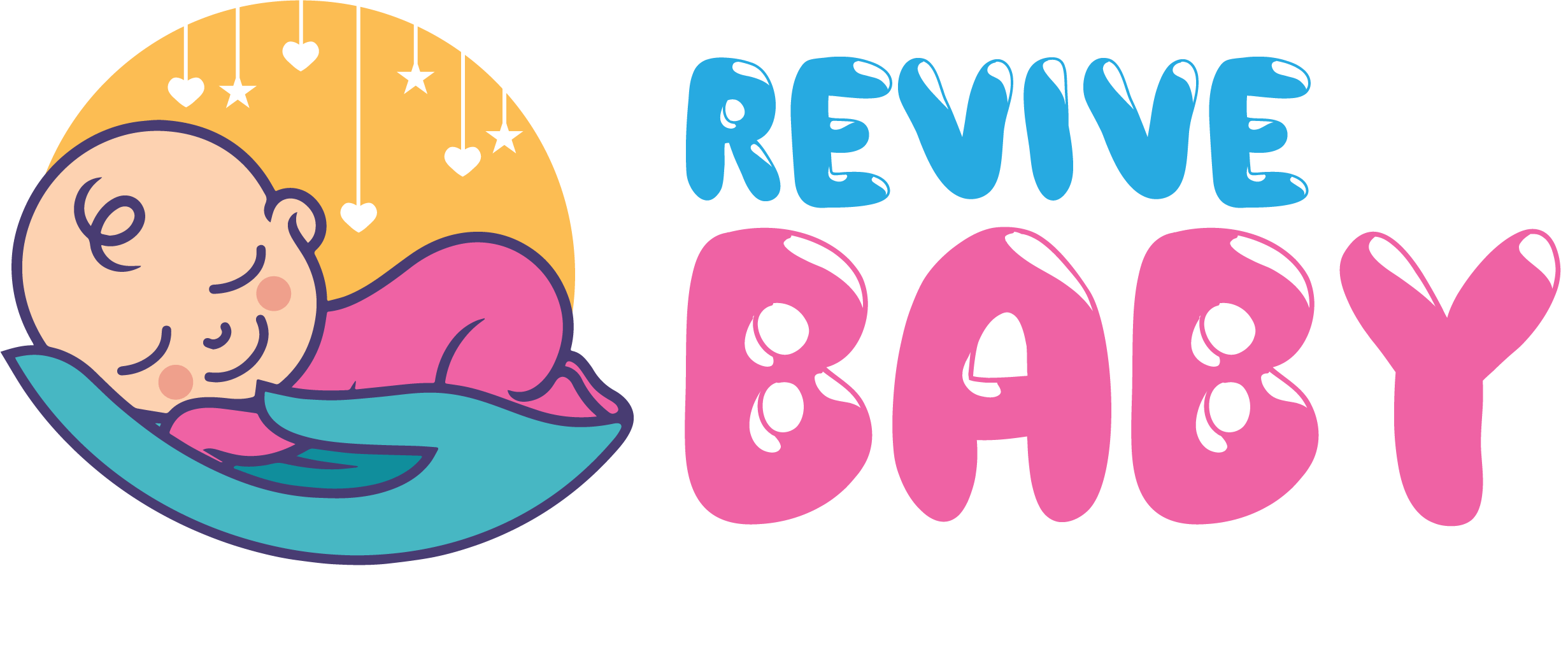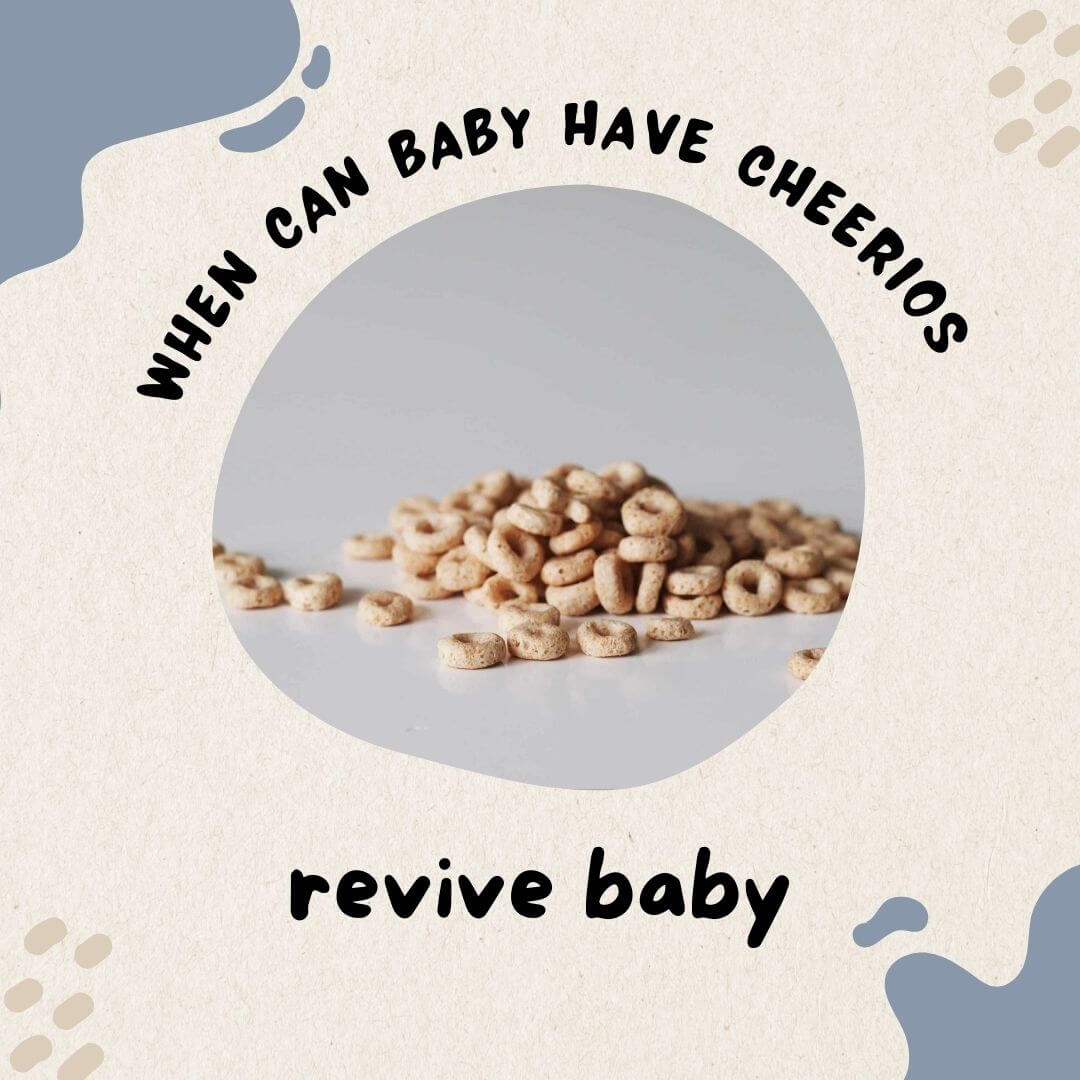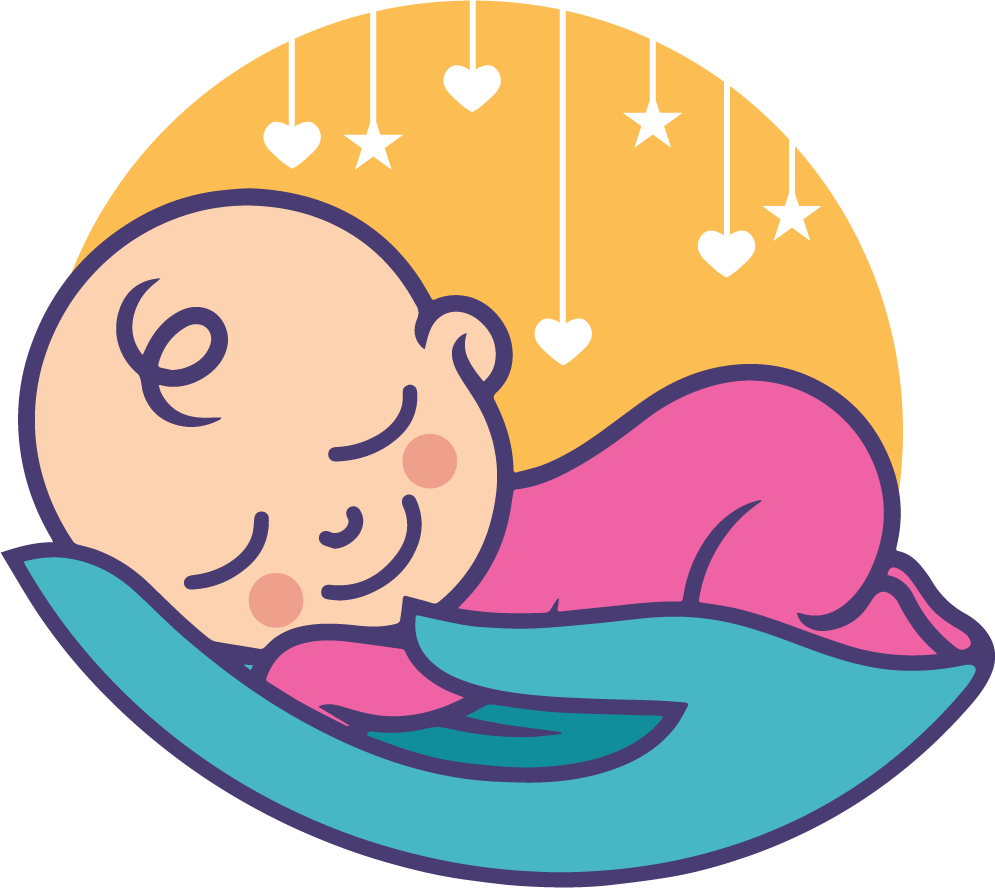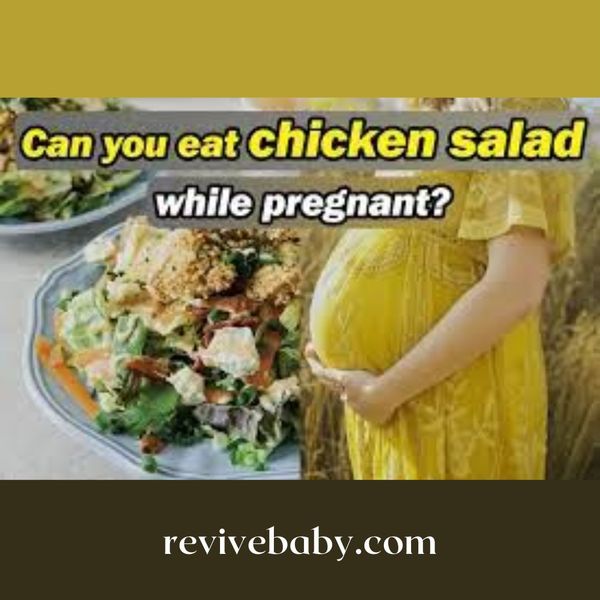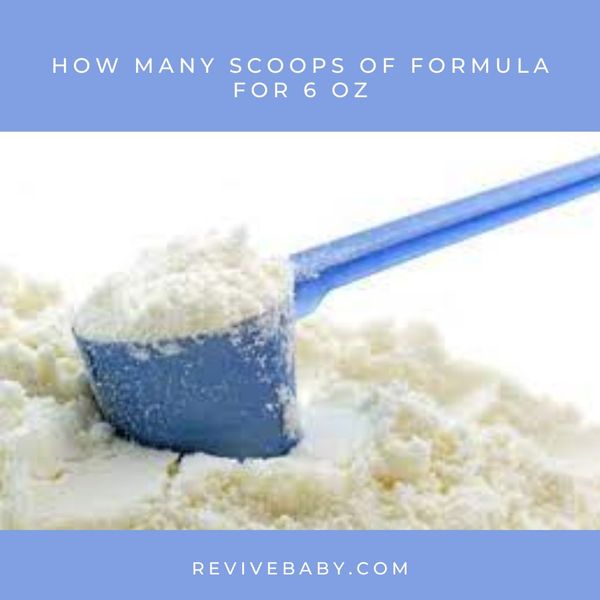Babies ready for solids should be able to sit up on their own and have good head control. They should also show interest in food by grabbing it, opening their mouths, or chewing.
The easiest first foods for babies are pureed fruits and vegetables (and strained meats). These should be mixed thoroughly with breast milk or formula to ensure they get enough nutrients. You can also add cereal to your baby's diet once they reach 8 months old — this will help them learn how to eat more solid food than liquid.
What are cheerios, and why should they be given?
Cheerios are one of the favorite finger foods in the cereals category and are a pantry staple for a quick breakfast. They are loved by babies as well as toddlers and adults. They are puffy finger food that babies can easily grab and munch on without even having teeth. They will get mushy with all the saliva from the baby’s sucking, and then they can be swallowed inside.

Although there are many breakfast cereal options to be introduced, cheerios are a hot favorite. There are many reasons that parents are incline toward cheerios when it comes to introducing finger food to babies.
Nutritional value
Cheerios are a great source of nutrition; they offer plenty of whole-grain nutrients with minimum additives. Sugar and salt are added in minimum quantity and therefore pose no harm to the baby. It is better to go for the original one to avoid flavor additives.
Fortified with iron
Babies need iron-rich foods for their development and growth. Introducing cheerios to babies is a great way to let iron enter your baby’s body. Like most cereals, cheerios have been fortified with iron to give the babies a boost of energy and strength to grow and develop.
Improves pincer grip
Making the baby learn to grasp and grab things is a milestone. Most children start to wave their hands toward any attractive object or food from four or five months, depending on the baby’s development.
They can grab larger things but learning to get a hold of smaller objects takes some time; this is called the pincer grip. Cheerios are a great way to develop and improve pincer grip in children because of their size.
Promotes independent eating
As soon as solids are introduced, parents are eager to make the baby learn to eat independently. Introducing cheerios is an excellent way to promote independent eating in a child. You can give him cheerios in a bowl or scatter them on the high chair’s tray and leave the child alone with them to learn to grab and eat on his own.
When can cheerios be introduced to babies?

The baby must reach certain milestones before introducing cheerios or other finger foods.
- The baby must be able to sit upright without any assistance and support or minimal support.
- The baby must be able to grab an object and take it to his mouth.
- The baby must have good control over his head and neck.
- He must show signs of readiness to eat foods.
- The baby must be used to other solid food introduced to him earlier than cheerios.
These milestones are usually achieved around 8 to 10 months. Every baby is different and must be individually judged to make the decision. Some children start sitting up, gaining control over their head and neck movements, and showing readiness for food at an early age, while some may take as long as ten months to a year. It is not necessary for the babies to have teeth to eat cheerios as they get soft and mushy with the saliva and can easily be swallowed without choking the baby.
FAQs:
Q: Are cheerios safe for babies?
A: Cheerios are one of the safest foods you can introduce to your baby without worrying about providing assistance at all times. They are simple snacks with minimum additives and free from common allergens, making them a very baby-friendly food item.
They are also not a choking hazard, like many other solid foods which need to be given under supervision only. As long as you keep the baby’s hands clean and washed, eating these cereals by hand will not make them fall sick.
Q: Do cheerios have to wait for the baby’s teeth to pop out for them to enjoy cheerios?
A: Cheerios is a fantastic finger food that does not need the baby to have teeth. The texture of the cheerios is such that the babies can munch on them with their gum, and the saliva will help soften them. They can easily suck on them, make them mushy, and swallow them without chewing them.
Q: What kind of cheerios is best for the baby?
A: Cheerios, in their original form, are best for babies, as they have minimum additives in them. Honey and nuts flavored cheerios should not be introduced until the baby is a year old. Babies at such a tender age should not be introduced to lots of sugar, salt, or artificial chemicals, so sticking with the original should be the preference.
Final Thoughts:
Cheerios are a great finger food to introduce to your baby after he has started eating solid foods and sitting properly with minimal or no support. They not only keep the baby busy and filled up it plays an essential role in developing pincer grip and hand and mouth coordination in babies.
It is an excellent food to be introduced for inculcating independent eating habits in babies. But you will have to wait till at least eight months or when the baby is ready to enjoy cheerios for the rest of their lives.
